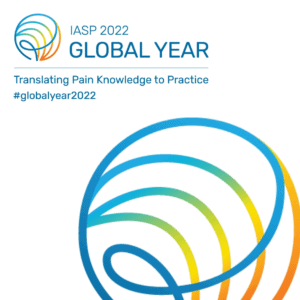- Anniversary/History
- Membership
- Publications
- Resources
- Education
- Events
- Outreach
- Careers
- About
- For Pain Patients and Professionals
Skip to content
Papers of the Week
Trigeminal neuralgia associated with solitary pontine lesion: clinical and neuroimaging definition of a new syndrome.
Abstract
Conventional MRI of patients with trigeminal neuralgia (TN) does not typically reveal associated brain lesions. Here, we identify a unique group of TN patients that present with a single brainstem lesion, who do not fulfill diagnostic criteria for multiple sclerosis (MS). We aim to define this new clinical syndrome, which we term TN associated with solitary pontine lesion (SPL-TN), using a clinical and neuroimaging approach. We identified 24 cases of SPL-TN, 18 of which had clinical follow-up for assessment of treatment response. Lesion mapping was performed to determine the exact location of the lesions and site of maximum overlap across patients. Diffusion tensor imaging was used to assess the white matter microstructural properties of the lesions. Diffusivity metrics were extracted from the (1) SPL-TN lesions, (2) contralateral, unaffected side, (3) MS brainstem plaques from 17 patients with TN secondary to MS, (4) and healthy controls. We found that 17/18 patients were non-responders to surgical treatment. The lesions were uniformly located along the affected trigeminal pontine pathway, where the site of maximum overlap across patients was in the area of the trigeminal nucleus. The lesions demonstrated abnormal white matter microstructure, characterized by lower fractional anisotropy, and higher mean, radial, and axial diffusivities compared to the unaffected side. The brainstem trigeminal fiber microstructure within a lesion highlighted the difference between SPL-TN lesions and MS plaques. In conclusion, SPL-TN patients have identical clinical features to TN, but have a single pontine lesion not in keeping with MS, and are refractory to surgical management.

